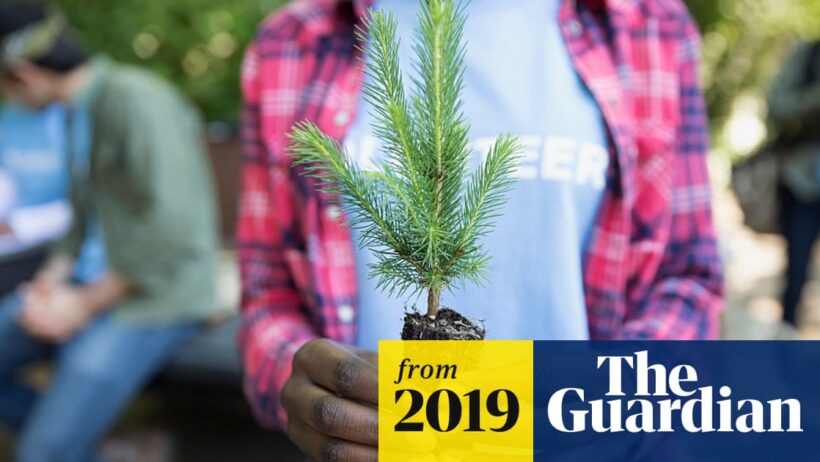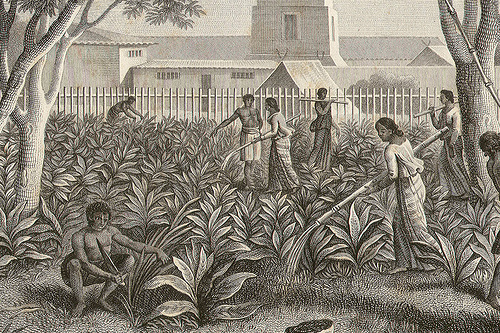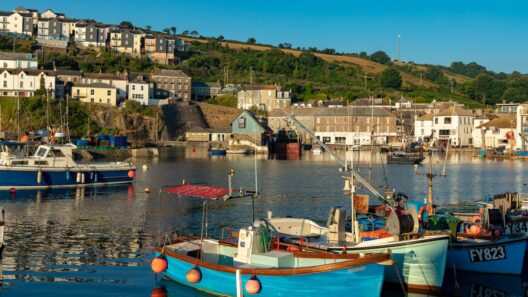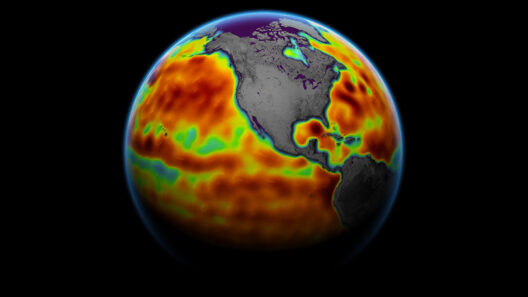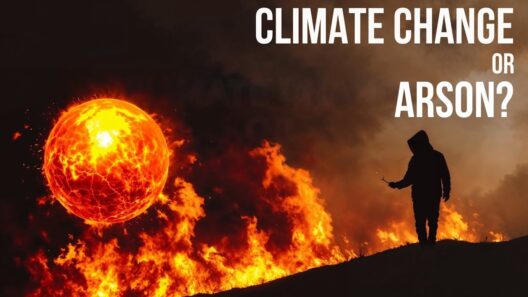Can a bunch of trees really fix the climate crisis? This playful yet poignant question leads us into the realm of ecological advocacy and environmental science. Forests, often referred to as the lungs of our planet, have been lauded for their ability to sequester carbon dioxide, among other ecosystem services. Yet, the complexity of climate change cannot be reduced to a simple equation of planting trees versus greenhouse gas emissions. So, let’s delve deeper into this multifaceted issue.
The climate crisis is characterized by rising temperatures, extreme weather events, and shifts in biodiversity. Human activities, especially the burning of fossil fuels, have accelerated the accumulation of greenhouse gases in the atmosphere, effectively trapping heat. While tree planting has gained notoriety as a climate solution, it’s essential to assess the efficacy and limitations of such initiatives critically.
Trees absorb carbon dioxide during the process of photosynthesis, effectively acting as carbon sinks. They store carbon in their biomass and in the soil, thereby mitigating the effects of climate change. Moreover, they provide a host of ecosystem services, including improving air quality, conserving water, and supporting diverse habitats for wildlife. This resilience bolsters the argument that planting trees is a viable strategy for combatting climate change.
However, not all tree planting initiatives are created equal. The success of afforestation and reforestation efforts hinges on several factors, including the choice of species, location, and the ecological context. Planting non-native species can disrupt local ecosystems, while monoculture forests may fail to provide the ecological diversity needed to support various wildlife. Furthermore, focusing solely on tree planting can lead to the neglect of other critical strategies necessary for climate mitigation, such as reducing fossil fuel consumption and enhancing energy efficiency.
Consider the concept of “blue carbon,” which refers to carbon stored in coastal and marine ecosystems, such as mangroves, salt marshes, and seagrasses. These ecosystems are also essential for climate resilience and represent a necessary complement to terrestrial afforestation efforts. Thus, while trees undoubtedly play a vital role, they are one element in a broader suite of solutions required to address the climate crisis.
The challenge becomes how to effectively integrate tree planting with other environmental strategies. An all-encompassing approach that marries tree planting with sustainable agriculture, wetland restoration, and soil health can provide a more potent antidote to climate change. Sustainable land management practices and agroforestry systems can maintain biodiversity, enhance soil carbon storage, and improve resilience against climate impacts.
Moreover, the time it takes for newly planted trees to sequester significant amounts of carbon should not be overlooked. Young trees require years, even decades, to mature before they can effectively contribute to carbon sequestration. This delay raises an important question: Can we afford to wait for forests to grow while other methods, like transitioning to renewable energy sources and enhancing energy efficiency, are available and implemented in the meantime? To combat climate change effectively, it’s crucial to pursue immediate as well as long-term strategies.
Additionally, the geographic and social dimensions of tree planting initiatives warrant scrutiny. Urban environments, for example, can benefit from “urban greening” programs, which include planting trees, shrubs, and other vegetation to enhance air quality and provide shade. However, such efforts must engage with local communities to understand their needs, ensuring that initiatives do not perpetuate social inequalities or exclude vulnerable populations.
Furthermore, the phenomenon of “greenwashing”—where corporations or entities promote tree planting as their primary environmental strategy while continuing harmful practices—poses a significant challenge for environmental advocacy. This tactic can dilute genuine efforts and mislead the public regarding effective climate action. It is crucial to remain vigilant and demand accountability from organizations promising tree-planting schemes as the panacea for the climate crisis.
So, can a bunch of trees really fix the climate crisis? The answer is multifaceted and comes with strings attached. Yes, trees can play a significant role in mitigating climate change, but they are not a standalone solution. An integrated approach that includes reducing greenhouse gas emissions, promoting biodiversity, and engaging communities is indispensable for creating a sustainable future. We need to plant trees with purpose, and we mustn’t forget the power of collective action to advocate for comprehensive climate policies—because while trees may be resilient, the climate crisis requires us to be even more so.
In essence, the journey to address climate change is a marathon, not a sprint. Trees, while integral to the solution, must be part of a broader landscape of environmental stewardship, innovation, and active participation in climate action. The calling is clear; it’s up to us to answer with a multifaceted strategy that encompasses the beauty of nature while fostering the scientific and technological advancements necessary for a sustainable planet.



